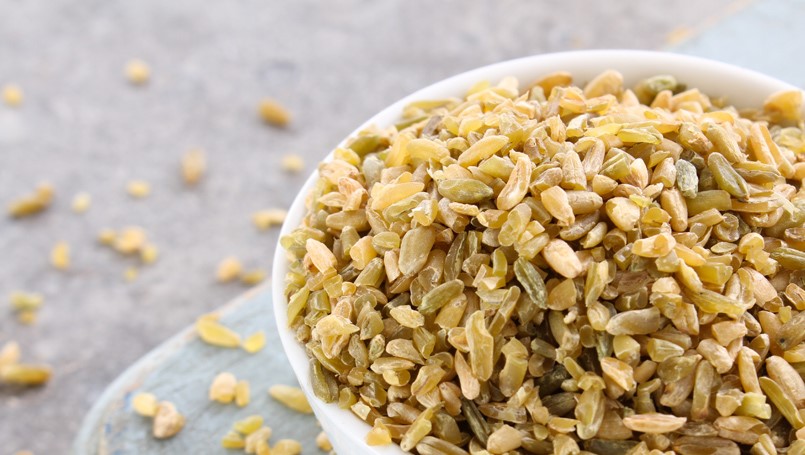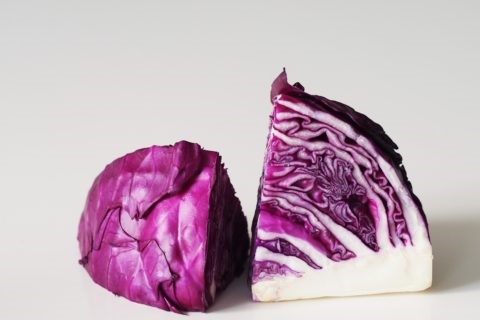Freekeh and Red Cabbage
Learn more about both freekeh and red cabbage as ingredients for your next healthy meal.
Freekeh

Freekeh (pronounced free-kah) is wheat that is harvested while young and green, then roasted and rubbed to remove the chaff (“freekeh” is derived from the Arabic word for “to rub”). What is left behind is a wholegrain with a nutty, lightly smoky flavour and great chewy bite. Freekeh has become renowned as a “super grain” and for good reason! It is packed full of protein and fibre (both known to keep you feeling fuller for longer!) and minerals such as manganese, calcium and iron.

Where to find it? Freekeh can generally be found in the cereal, health food or international aisle of your local supermarket or Middle Eastern grocer.
How to use it? Freekeh is freakily easy and versatile to use in both sweet and savoury dishes. It makes a great substitute for rice, pasta and quinoa if you’re getting a little bored of your usual routine. Pop it into porridges, pilafs, salads and soups to add some extra oomph and excitement.
How to store it? Whole freekeh can last for several years so long as it is stored properly in an airtight container away from heat moisture and light.
Red Cabbage

Red cabbage (also called purple cabbage) is a variant of the common cabbage within the Brassica family. It is characterized by the vibrant, violet colour of its leaves and highly appreciated slightly sweet taste. The beautiful colour of red cabbage comes from pigment molecules called anthocyanins. These molecules are affected by the acidity of the environment. FUN FACT! If you make an extract of red cabbage juice and add vinegar to it, it’ll turn bright pink!

Where to find it? Red cabbage can be found in the produce section of your local supermarket or grocer. Look for a cabbage with a dense, firm head that feels heavy for its size. The leaves should be crisp and unbruised. Quick tip – check to bottom of the cabbage to make sure that the leaves aren’t starting to separate from the stem (an indicator of age).
How to use it? Red cabbage is really versatile and can be eaten raw, cooked or pickled and made into sauerkraut (see ‘Tri-Colour Coleslaw’ Free Food Recipe in your HWFL Guide for atasty idea of using red cabbage).
How to store it? Store the whole head of cabbage in a plastic bag in the fridge for up to 2-3 weeks. Once cut, cabbage loses freshness rapidly so make sure to wrap any leftovers tightly in plastic wrap. To store for up to a year, you can freeze cabbage by first cutting it into shreds, blanching in boiling water for 2 minutes, draining, chilling then packing it into airtight containers before popping it into the freezer.
